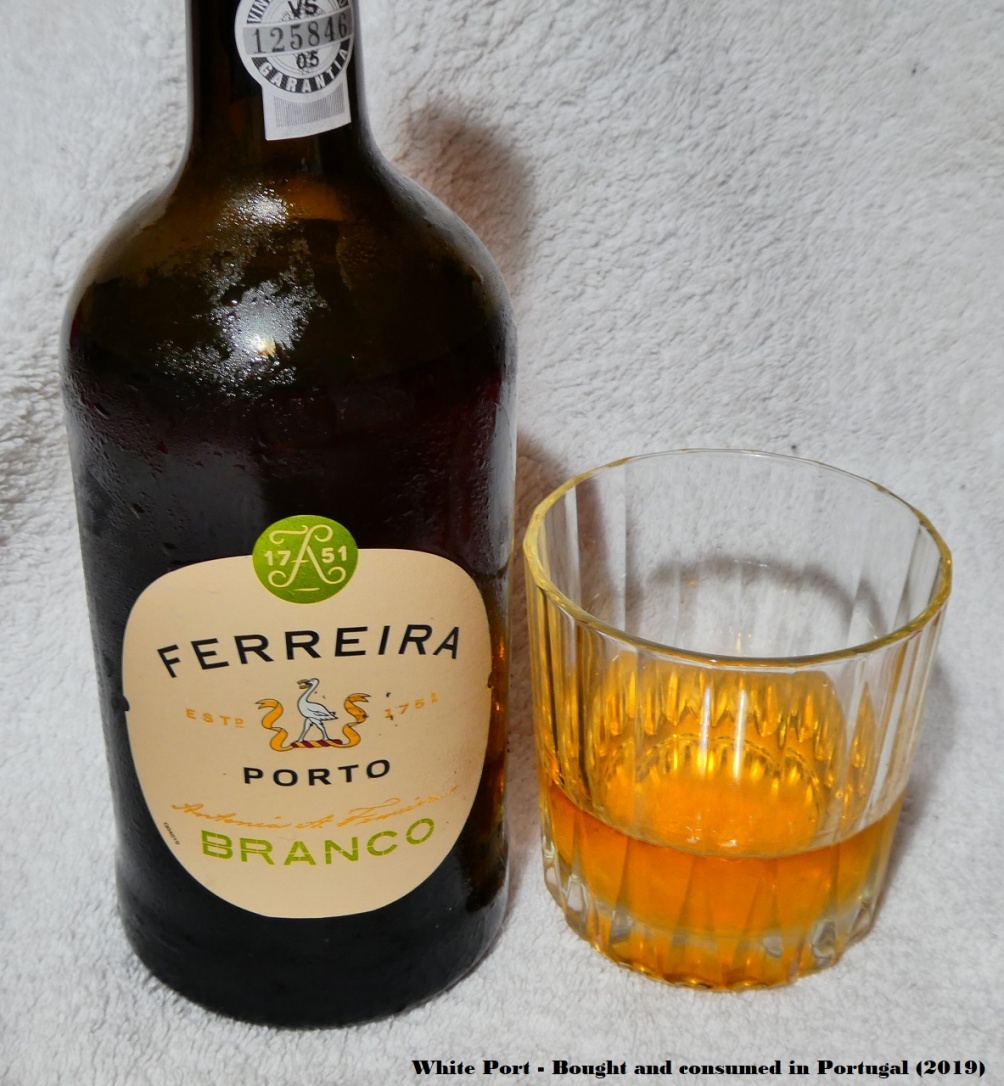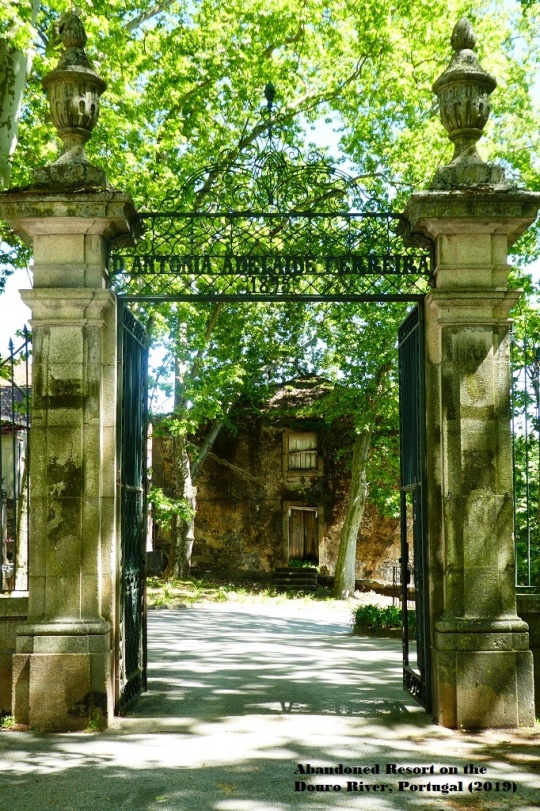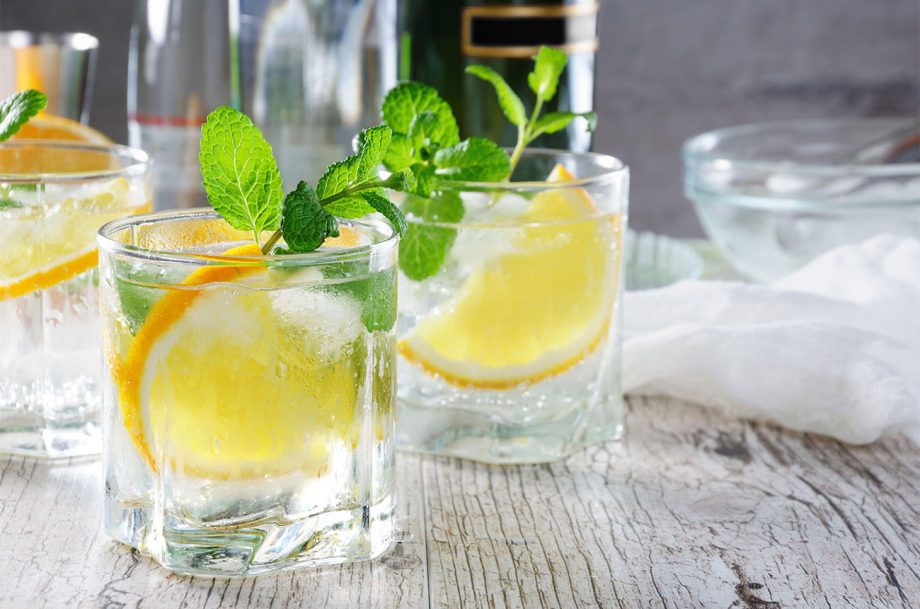Moderate red wine consumption has been linked to reduced chronic disease risk. Thus far, little has been known about the physicochemical properties and potential biological effects of high-molecular-weight polyphenolic complexes (HPPCs), a major fraction of red wine polyphenols. In this work, the stability and biochemical properties of HPPCs under simulated gastrointestinal conditions in vitro were studied. The results showed that HPPCs were resistant to simulated gastric digestion (SGD) and simulated intestinal digestion (SID). They exhibited significant inhibitory activity against key metabolic syndrome-associated digestive enzymes, achieving 17.1–90.9% inhibition of pancreatic α-amylase, lipase, and cholesterol esterase at 0.02–0.45 mg/mL. HPPCs were metabolized by gut microbiota (GM), leading to significantly enhanced antioxidant capacity when compared with the original, SGD, and SID samples. Furthermore, they favorably modulated GM profiles, which was accompanied by significantly increased short-chain fatty acid generation during the early colonic fermentation phase. These findings suggest that HPPCs are a promising modulator of human metabolic disease risk.



